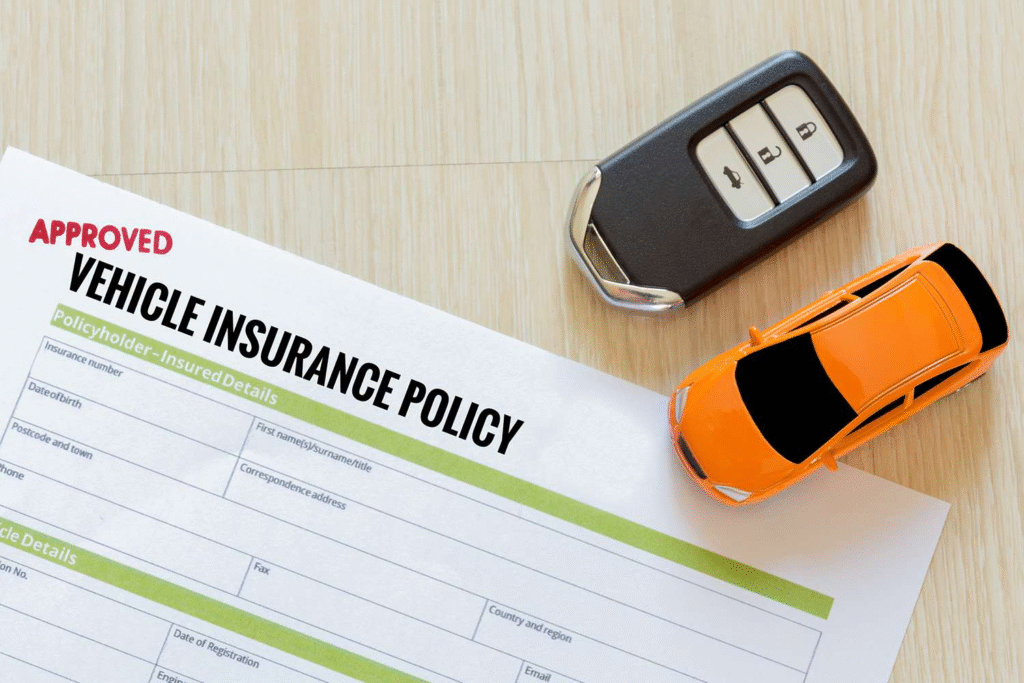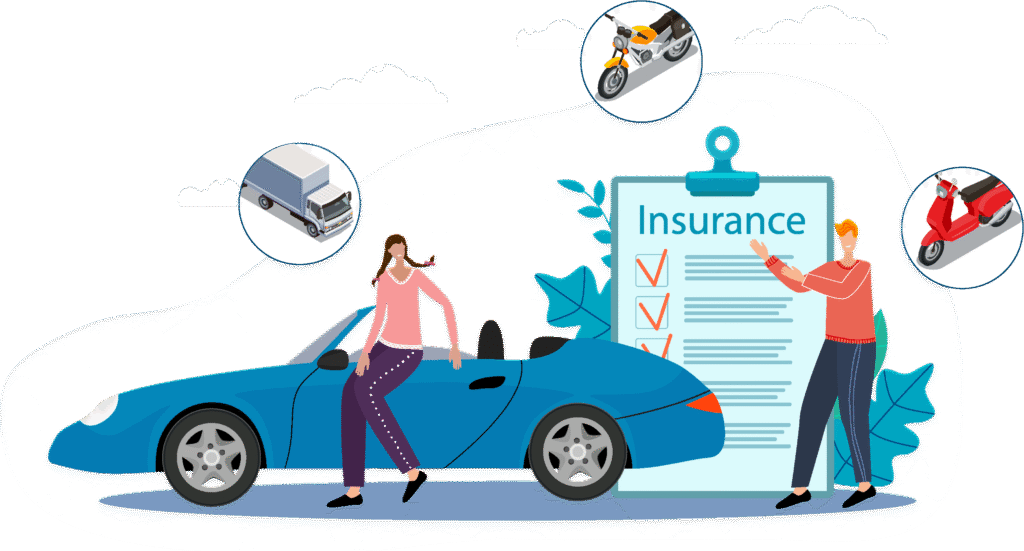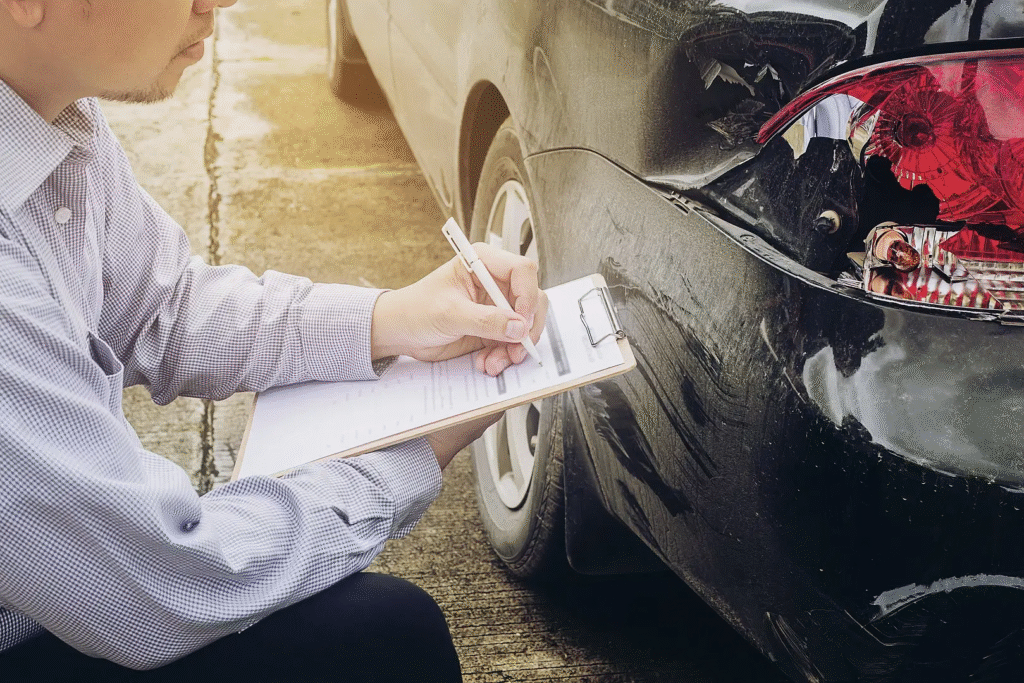In today’s fast-paced world, vehicle accidents are an unfortunate reality. Whether it’s a minor fender bender or a major collision, the financial and emotional toll can be significant. This is where insurance vehicle coverage plays a vital role. It provides not just a safety net but also peace of mind, ensuring that you, your vehicle, and others involved are protected.
Understanding Vehicle Insurance Coverage

What is Vehicle Insurance?
Vehicle insurance is a legal contract between the policyholder and an insurance company. It covers financial losses related to accidents, theft, or other incidents involving your vehicle. Coverage may include property damage, medical costs, liability, and more.
Types of Insurance Vehicle Coverage
- Liability Coverage: Pays for bodily injury and property damage you cause to others.
- Collision Coverage: Covers damage to your vehicle in an accident, regardless of fault.
- Comprehensive Coverage: Protects against non-collision-related incidents like theft, fire, or natural disasters.
- Uninsured/Underinsured Motorist Coverage: Offers protection if the other driver lacks adequate insurance.
- Medical Payments/Personal Injury Protection (PIP): Covers medical expenses regardless of fault.
The Importance of Vehicle Insurance in Accident Protection
Financial Protection
Accidents often come with high repair bills, medical expenses, and legal fees. Without insurance, you might be liable for tens of thousands of dollars. Insurance vehicle coverage acts as a financial cushion, absorbing much of the shock.
Legal Compliance
Most states and countries mandate minimum insurance coverage. Driving without it can result in fines, license suspension, or legal action. Ensuring your vehicle is insured keeps you compliant with the law.
Liability Management
When you’re at fault in an accident, liability insurance ensures the injured party’s damages are paid, preventing lawsuits or wage garnishments.
How Insurance Helps During an Accident
Immediate Medical Attention
Insurance often covers emergency services, hospital stays, surgery, and rehabilitation. This allows you and your passengers to receive prompt and necessary medical care.
Damage Repairs or Replacement
Collision and comprehensive coverage ensure that your car can be repaired or replaced without draining your savings.
Legal Support
Some policies offer legal defense in case you’re sued following an accident. This includes lawyer fees, court costs, and settlements.
Choosing the Right Vehicle Insurance for Accident Protection

Assess Your Driving Habits
Frequent drivers, urban commuters, or those driving in high-traffic areas may need more comprehensive coverage compared to someone who drives occasionally in rural regions.
Evaluate Vehicle Type and Value
Expensive or newer vehicles usually require collision and comprehensive insurance. For older vehicles, liability coverage might be sufficient.
Compare Insurance Providers
Use tools to compare quotes, read reviews, and examine coverage options. Look for insurers with good customer service and fast claims processing.
Common Misconceptions About Insurance Vehicle Coverage
“I Don’t Need Insurance Because I’m a Good Driver”
Even the most cautious drivers can be hit by reckless ones. Insurance protects you against others’ mistakes too.
“Minimum Coverage Is Enough”
Minimum legal requirements may not fully protect you in a serious accident. Consider additional coverage to ensure full financial security.
“Insurance Only Benefits the Other Party”
While liability covers damages to others, comprehensive and collision coverage ensure your vehicle is taken care of too.
Tips for Maximizing Insurance Vehicle Coverage Benefits
Keep Your Policy Updated
Inform your insurer about major life changes like moving, marriage, or a new vehicle to ensure your policy remains accurate and effective.
Maintain a Clean Driving Record
Safe driving reduces premiums and may qualify you for discounts.
Bundle Policies
Combine vehicle, home, or life insurance under one provider to save money.
Choose Higher Deductibles (When Feasible)
Opting for a higher deductible can lower your monthly premium. Just ensure you have enough savings to cover it in case of an accident.
Insurance and Accident Claim Process

Step-by-Step Claim Procedure
- Report the Accident: Contact your insurance company immediately.
- Document the Scene: Take photos and gather witness statements.
- File a Police Report: Especially in serious accidents.
- Submit a Claim: Provide your insurer with all relevant details.
- Vehicle Inspection and Repair: Insurance assesses the damage and covers eligible repair costs.
What to Expect After Filing a Claim
- Adjuster Assignment: An insurance adjuster investigates the claim.
- Damage Evaluation: Inspection of the vehicle.
- Settlement Offer: The insurer provides a cost estimate for repairs or replacement.
- Repair/Reimbursement: The insurer pays the mechanic or reimburses you, minus the deductible.
Case Studies: Real-World Examples
Case 1: Minor Collision, Major Savings
John, a teacher, rear-ended a car at a red light. His liability insurance paid for the other driver’s repairs and medical bills, saving him over $8,000 in out-of-pocket costs.
Case 2: Total Loss Covered
Emily’s car was destroyed in a flood. Thanks to her comprehensive insurance, she received a full payout and was able to buy a new vehicle without financial hardship.
Case 3: Hit by an Uninsured Driver
Marcus was T-boned by a driver without insurance. His uninsured motorist coverage paid for hospital bills and repairs, shielding him from financial strain.
Emerging Trends in Vehicle Insurance
Telematics and Usage-Based Insurance (UBI)
Insurance companies now offer UBI policies based on driving behavior recorded by apps or devices. Safe drivers benefit from lower premiums.
AI and Faster Claims Processing
Artificial Intelligence is speeding up claims handling, reducing wait times and improving customer satisfaction.
Electric and Autonomous Vehicle Insurance
New policies are emerging for electric and self-driving cars, addressing unique risks and repair costs.
Benefits of Comprehensive Insurance Vehicle Coverage
Holistic Protection
Covers a wide range of incidents beyond just accidents—such as vandalism, weather events, and theft.
Peace of Mind
Knowing you’re protected from various uncertainties allows you to drive with confidence.
Better Resale and Repair Outcomes
Insured vehicles that are properly repaired maintain higher resale value and functionality.\
Also Read : The Essentials Of Financial Protection: Insurance, Savings, And Smart Planning
Conclusion
Insurance vehicle coverage is more than just a legal requirement—it’s a critical element of accident protection that safeguards your finances, health, and well-being. Whether you’re a new driver or a seasoned motorist, understanding and optimizing your insurance policy is essential. By choosing the right coverage and insurer, keeping your policy updated, and driving responsibly, you ensure that you’re well-protected when accidents happen.
FAQs
What is the minimum vehicle insurance required by law?
In most regions, liability insurance is the legal minimum, covering damages to others caused by your vehicle. However, laws vary by state or country.
How can I reduce my vehicle insurance premium?
Maintain a clean driving record, bundle insurance policies, increase your deductible, and shop around for the best rates.
What’s the difference between collision and comprehensive coverage?
Collision insurance covers damage from an accident involving another vehicle or object. Comprehensive insurance covers non-collision events like theft, fire, or natural disasters.
Do I need insurance if I don’t drive often?
Yes. Even if you rarely drive, accidents can happen. Also, parked vehicles can still be damaged or stolen.
Can I get insurance coverage immediately after an accident?
No. Insurance must be in place before an accident to be valid. You cannot retroactively apply coverage.




